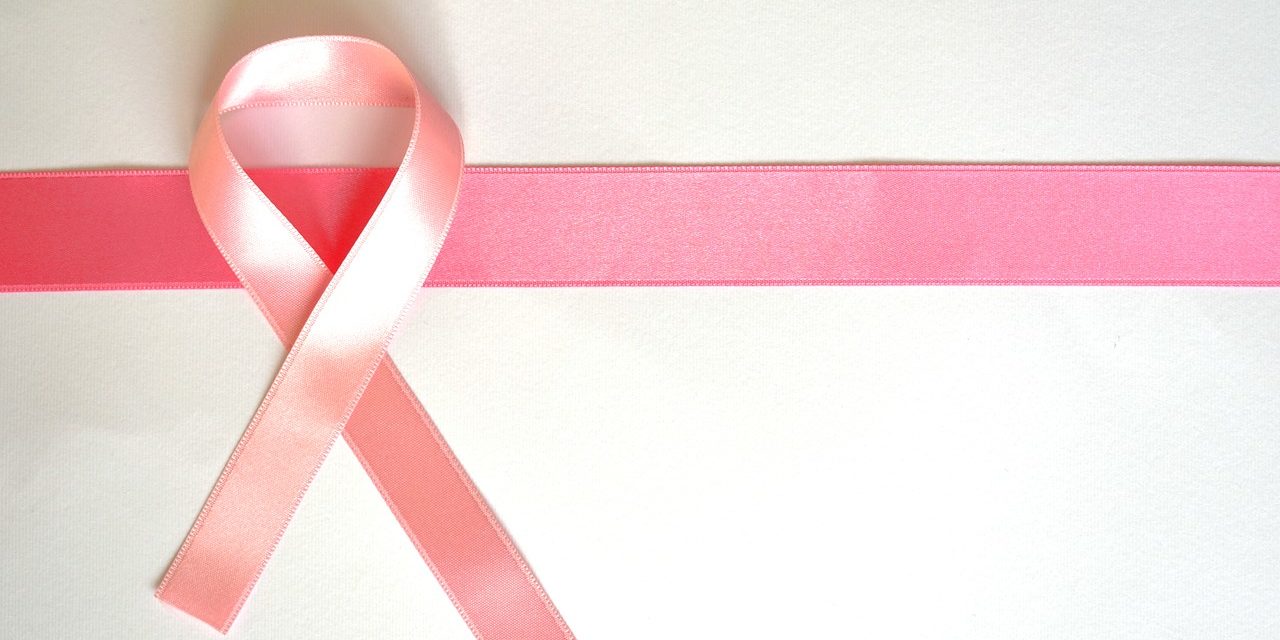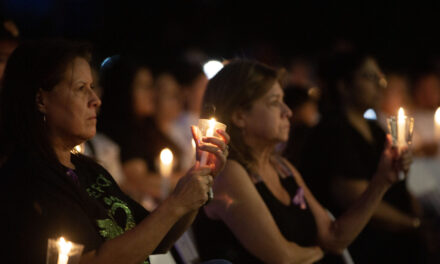October is Breast Cancer Awareness Month
Breast Cancer Awareness Month is an annual campaign to increase awareness of the disease.
The most common form of cancer in American women (aside from skin cancer), breast cancer awareness is a cause that’s close to the hearts of many people. According to the National Breast Cancer Foundation (NBCF), 1 in 8 women in the U.S. will be diagnosed with breast cancer during their lifetime and more than 40,000 women will die from the invasive disease this year alone. It isn’t just women, either—in 2020, the NBCF estimates that 2,620 men will be diagnosed with breast cancer as well.
We are making progress. Breast cancer death rates declined 40% from 1989 to 2016 among women. The progress is attributed to improvements in early detection, according to the American Cancer Society.
Early detection is crucial.
Adult women of all ages are encouraged to perform breast self-exams at least once a month.
“Forty percent of diagnosed breast cancers are detected by women who feel a lump, so establishing a regular breast self-exam is very important,” Johns Hopkins Medical center states.
While mammograms can help you to detect cancer before you can feel a lump, breast self-exams help you to be familiar with how your breasts look and feel so you can alert your healthcare professional if there are any changes.
According to the National Breast Cancer Foundation, following are the steps as to how a breast self-exam should be performed?
1) In the Shower
With the pads/flats of your 3 middle fingers, check the entire breast and armpit area pressing down with light, medium, and firm pressure. Check both breasts each month feeling for any lump, thickening, hardened knot, or any other breast changes.
2) In Front of a Mirror
Visually inspect your breasts with your arms at your sides. Next, raise your arms high overhead.
Look for any changes in the contour, any swelling, or dimpling of the skin, or changes in the nipples. Next, rest your palms on your hips and press firmly to flex your chest muscles. Left and right breasts will not exactly match—few women’s breasts do, so look for any dimpling, puckering, or changes, particularly on one side.
3) Lying Down
When lying down, the breast tissue spreads out evenly along the chest wall. Place a pillow under your right shoulder and your right arm behind your head. Using your left hand, move the pads of your fingers around your right breast gently covering the entire breast area and armpit.
Use light, medium, and firm pressure. Squeeze the nipple; check for discharge and lumps. Repeat these steps for your left breast.
Image Sources
- Pink Ribbon: Image by marijana1 from Pixabay







